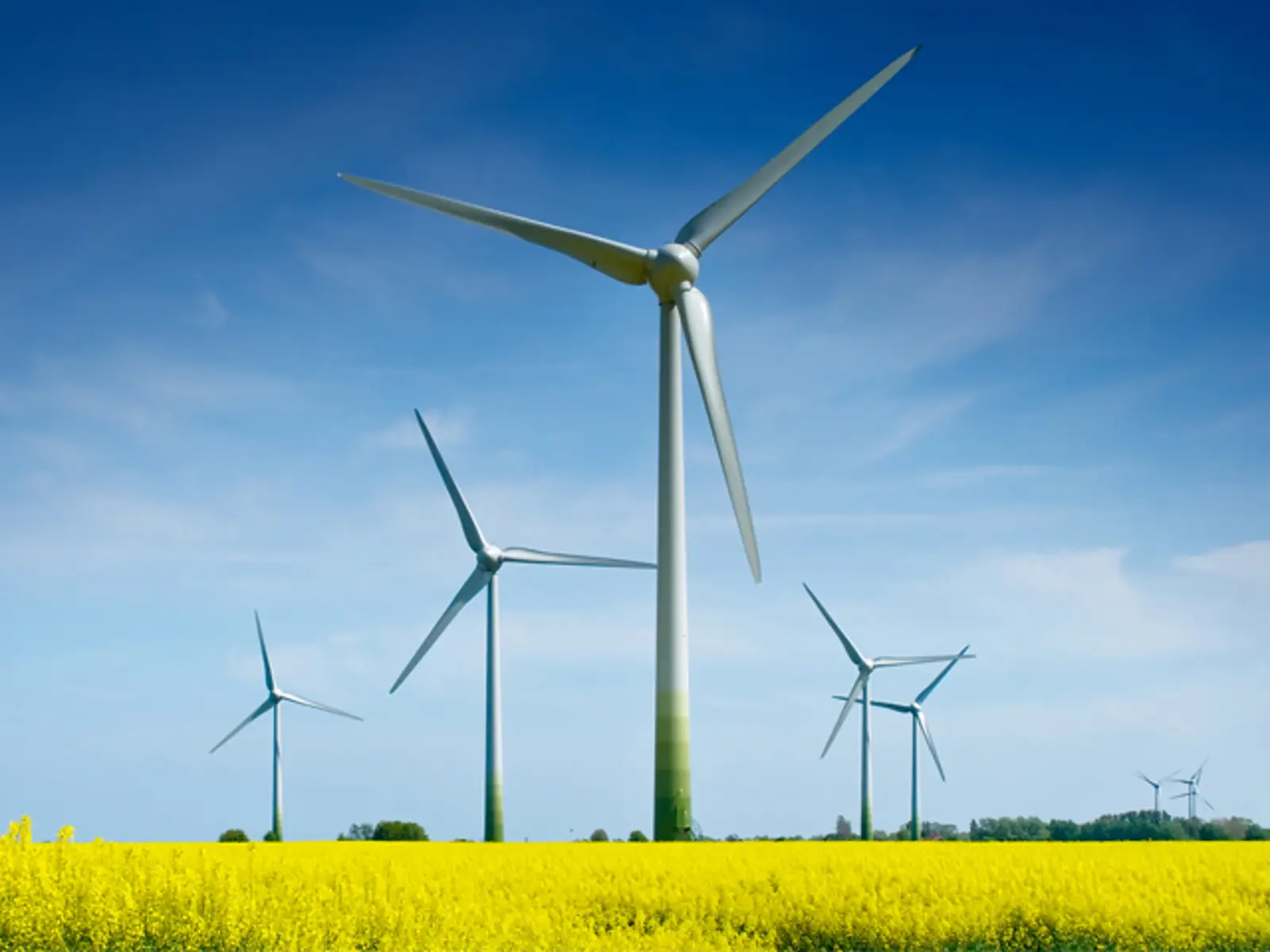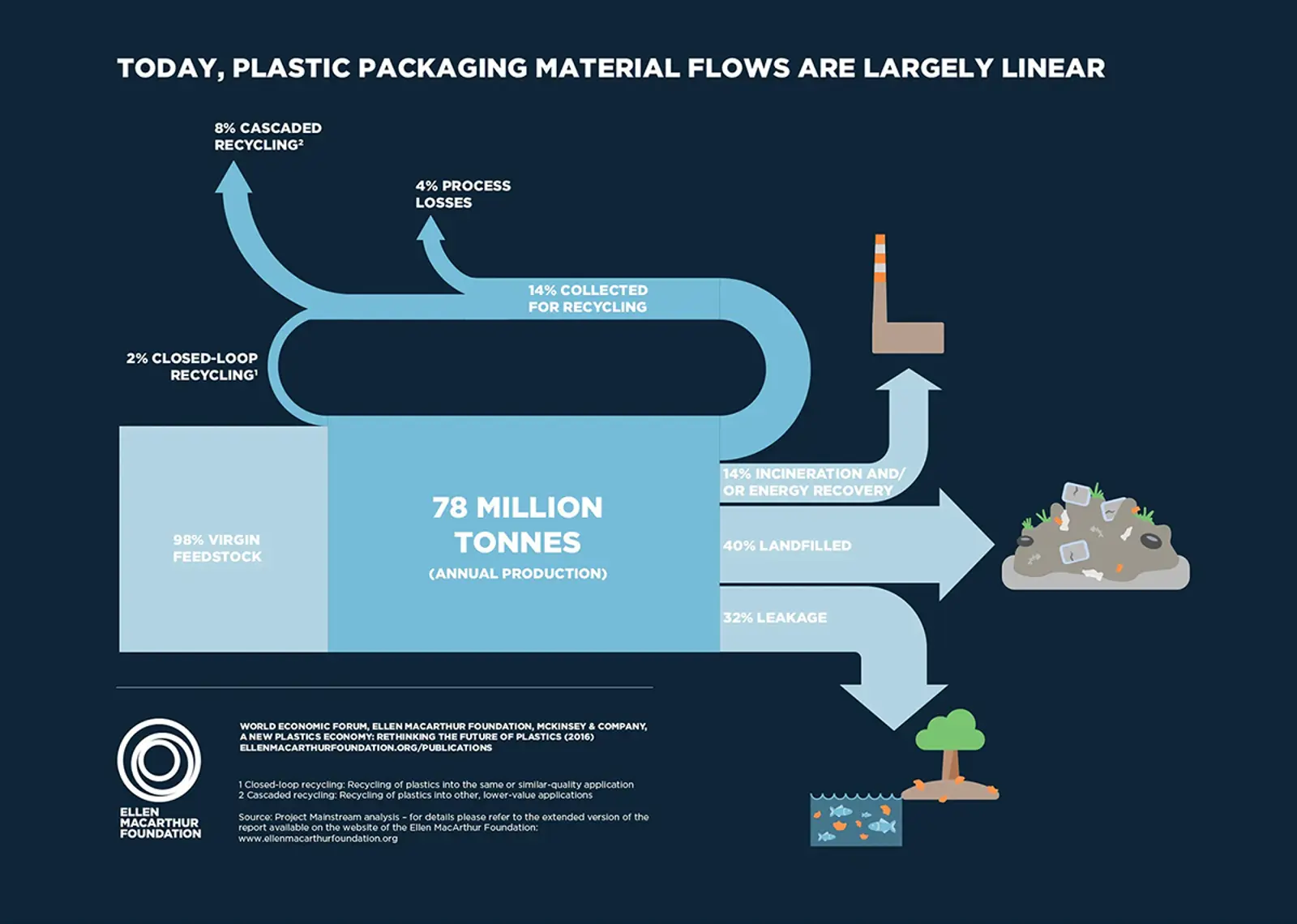
When using recycled plastic for manufacturing new products and applications focus is often on post-consumer plastics, which are considered better than post-industry plastics from a sustainable perspective. But the truth is a bit more complicated than that, and it is time to upgrade post-industry plastics as a fully viable sustainable alternative.
Plastic is one of the most widely used materials globally, with an estimated 460 million metric tons produced in 2019 alone1. While plastic has revolutionised the way we live, work, and communicate, it has also created environmental challenges. Plastic pollution is a global problem, with millions of tons of plastic waste ending in landfills, oceans, and natural environments. To address this problem, recycling has become an essential part of sustainable waste management, and post-consumer and post-industry plastics are two critical sources of recycled plastics.

Post-consumer plastics are plastic waste consumers generate after use, such as packaging, bottles, and containers. This waste is collected through recycling programs and sorted based on the type of plastic. The sorted plastic is then processed into small pellets or flakes and used as a raw material for manufacturing new products. Post-consumer plastics represent a significant portion of the plastic waste stream. According to Ellen MacArthur Foundation, in 2016, only 2% of consumer plastics were collected for closed-loop recycling. Closed-loop recycling is when a product is used to make the same product and is the preferred recycling method to keep the highest utility and value. For example, a food-grade plastic bottle should become a food-grade plastic bottle again.
Post-industry plastics are plastics that are generated during the manufacturing process and are not sold to consumers. These plastics can include scrap, trimmings, defective products, and end-of-life industrial products. Post-industry plastics is an essential source of recycled raw materials because they are generated in manufacturing and, therefore, more easily collected than post-consumer plastics.

Why are post-consumer plastics perceived as preferred when producing new materials?
Many manufacturers regard post-consumer plastics as a better material to reuse because it is evident to consumers. Many consumers are aware of the environmental impact of plastic waste and are motivated to recycle. Manufacturers demonstrate their commitment to sustainability and appeal to environmentally conscious consumers by promoting post-consumer plastics as a preferred recycled material. This has made post-consumer plastics more popular to use at the expense of post-industry plastics. But is it the best choice for a sustainable product? That isn’t self-evident when we take a closer look.
The problem with post-consumer plastics is that there are thousands of different plastics, each with its composition and characteristics. They all include various chemical additives and colourants that cannot be recycled together, making it almost impossible to sort the trillions of pieces of plastics into different types for processing. For example, green PET bottles cannot be recycled with clear PET bottles (which is why South Korea has outlawed coloured PET bottles.) High-density polyethene, polyvinyl chloride, low-density polyethene, polypropylene, and polystyrene must all be separated for recycling.
The best of both worlds
One of the recycling principles is not to downgrade the plastic quality when recycling. You should keep the same product, for example, bottle to bottle. For an industrial application, this is easier to accomplish with post-industry plastics because it already has a defined quality and content. One example is recycling the plastic in end-of-life wind blades to produce new ones. Compared to post-consumer plastics, which may be contaminated or challenging to manage, post-industry plastics don’t need as much preparation before they can be added to the process.
Today the big focus on using post-consumer plastic for recycling is limiting the use of post-industry plastics. But to reduce the carbon footprint, we must use both types. Doing so will benefit manufacturers and the environment by, for example, providing a continuous supply of recycled raw materials and reducing the reliance on virgin plastics. It will also increase the diversity of available recycled materials and support closed-loop recycling.
Two different illustrations to explain recycling processes:

Source: https://ourworldindata.org/faq-on-plastics#how-much-plastic-and-waste-do-we-produce

Source: https://blog.idrenvironmental.com/closed-loop-recycling-definition
